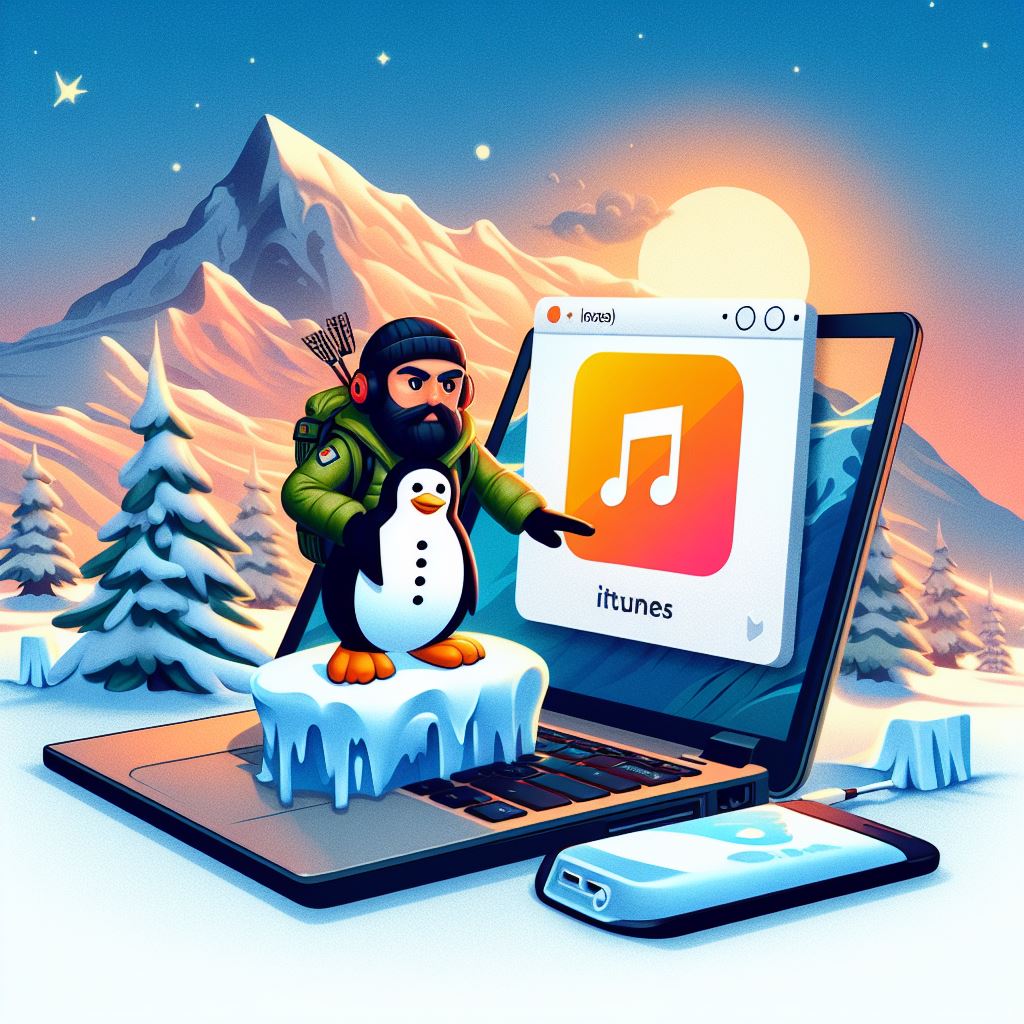As an IT journalist, I’ve often encountered questions about integrating Apple’s popular media platform, iTunes, with Chromebooks. Traditionally, Chromebook users might feel left out from the Apple ecosystem, especially when it comes to accessing iTunes without delving into Linux installations. However, there’s a straightforward workaround that lets you enjoy your favorite iTunes content right on your Chromebook. Here’s how to do it:
Understanding the Limitations
First off, it’s important to acknowledge that Chromebooks run on Chrome OS, which doesn’t natively support the iTunes software as it’s designed for Windows and macOS. This limitation often leads users towards complex solutions involving Linux. But, there’s a simpler route.
The Power of Web-Based Access
The key is leveraging the web-based version of iTunes, known as Apple Music. While this doesn’t involve downloading the traditional iTunes application, it offers access to a vast majority of its features, including your music library, playlists, and purchases.
Step 1: Access Apple Music on Your Browser
Open the Chrome browser on your Chromebook and navigate to the Apple Music website. It’s a streamlined, user-friendly interface that brings the iTunes experience to your web browser.
Step 2: Sign in with Your Apple ID
To access your playlists, purchases, and personalized recommendations, sign in using your Apple ID. If you’re new to Apple services, you’ll need to create an account.
Step 3: Enjoy Your Music and More
Once logged in, you can stream your music library, explore new songs, listen to radio stations, and even purchase new music. It’s essentially the iTunes experience, redefined for the web.
Benefits and Drawbacks
The primary benefit of this method is its simplicity. There’s no need to install Linux or deal with compatibility issues. However, it’s worth noting that some features exclusive to the iTunes application may not be available on the web version.
Workarounds for Additional Features
If you’re looking for functionalities beyond what Apple Music offers, consider using cloud storage services to upload your iTunes library and access it on your Chromebook. Services like Google Drive can host your music files, which you can then play directly from the cloud.
In conclusion, while Chromebook users can’t download the traditional iTunes application without Linux, the web-based Apple Music service offers a viable and user-friendly alternative. This approach allows you to enjoy a substantial part of the iTunes experience, aligning with the versatility and simplicity that Chromebooks are known for. As technology continues to evolve, we can anticipate even more integrations and solutions that bridge these platform gaps. For now, Apple Music on the web is a notable solution for Chromebook users looking to stay connected to their iTunes content.

Josh Goldman, Managing Editor, is a laptop expert who has been writing about and evaluating them since built-in Wi-Fi was an optional feature. He also covers practically anything that is connected to a computer, such as keyboards, mouse, USB-C docks, and PC gaming devices. He also writes on cameras, such as action cameras and drones. And, while he doesn’t consider himself a gamer, he devotes much too much time to them.



Average Rating